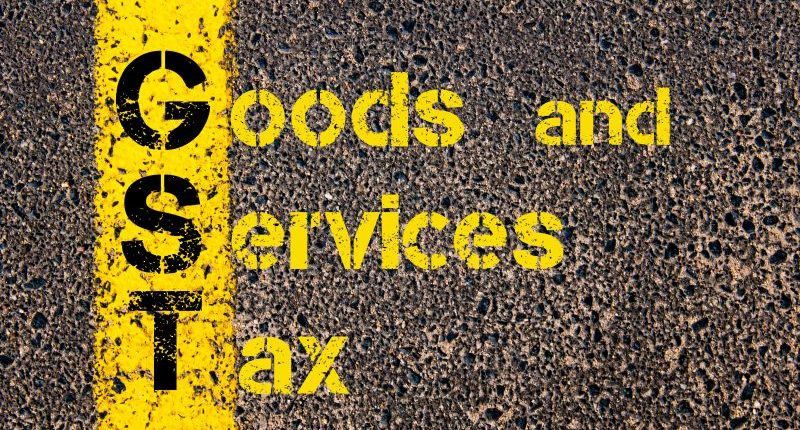With the rising speculations of a possible GST rate hike next month, an MSME association has approached the Union Finance Minister, Smt. Nirmala Sitharaman. The association has opined that various GST rate slabs must clearly distinguish between essential products and those that are privileged. The GST Council must accordingly classify products and fix the GST rates.
The Confederation of All India Traders (CAIT) stated in its representation letter to the Union FM that items of education, medicine and essential products must be exempted from GST. Further, the highest GST rate of 28% must be reserved for only those products that are classified as sin goods, luxury items and select products. Presently, automobile parts are taxed at 28%.
The Secretary-General of CAIT, Praveen Khandelwal, quoted that when deciding the items to be categorised under the different tax slabs, such distinction between essentials and select products must be made so that they are rightfully classified under the correct tax bracket.
The Council may do away with the 5% tax bracket in the next GST Council meeting. It may introduce the 8% tax bracket and move certain essential items under the 3% tax slab. However, the Centre has denied the reports that such a decision will be taken.
Items such as education, food grains, medicines, and other products of primary necessity could be exempted from the GST levy. Textile products and footwear value up to Rs.1,000 and raw materials may be classified under the 3% tax slab.
Further, a few items such as daily essentials that currently bear 12% GST could be reclassified under the 8% tax slab. The CAIT further opined that the tax slabs such as 12% and 18% will be removed, and a revenue-neutral rate of 14% may occur. Hence, the rest of the non-essentials falling under 12% and all items taxed at 18% will be moved under the 14% tax slab. The association commented that vehicles costing Rs.20 lakh or less must be taxed at 14% instead of a higher tax slab.
The CAIT also demanded that the GST Council consider the inverted tax structure matter and ensure that such conditions cease after rate rejig.
For any clarifications/feedback on the topic, please contact the writer at annapoorna.m@cleartax.in.
Annapoorna, popularly known as Anna, is an aspiring Chartered Accountant with a flair for GST. She spends most of her day Singing hymns to the tune of jee-es-tee! Well, not most of her day, just now and then.





